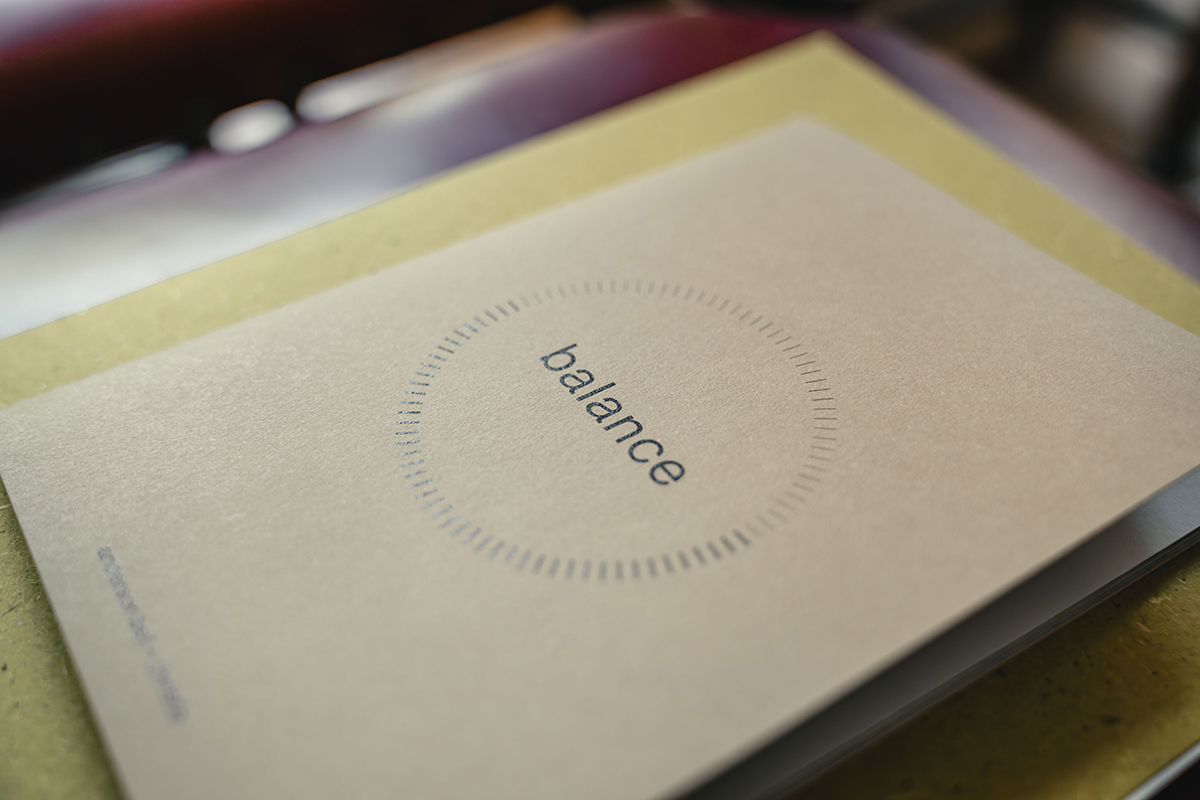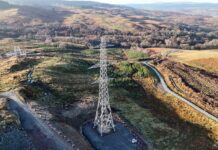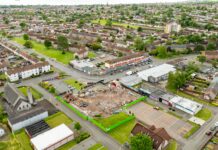
NEW research published by Anderson Bell Christie (ABC), funded by Scottish Enterprise and Innovate UK, has revealed that the ‘hidden costs’ of embodied carbon aren’t yet properly accounted for in new building projects.
The research shows that as heating and electricity is decarbonised, embodied carbon will be the primary source of emissions from new construction up to 2045.
At a launch event of the ABC white paper, entitled Balance, the Royal Town Planning Institute (RTPI) and Royal Incorporation of Architects in Scotland (RIAS) have supported calls for clear rules and targets to assess and address carbon in construction, including standards on material choices, planned end of life deconstruction and reuse, and onsite sequestration via tree planting.
Embodied carbon is emitted when creating materials, assembling them into buildings and released at end of use. ABC said embodied carbon now represents most emissions associated with a new building, and by 2045 it will be ‘all the emissions’.
RIAS past president Chris Stewart said, “Embodied carbon is a critical part of the construction sectors contribution to climate change. Architects need better policies to frame conversations with their clients. Compliance at the point of construction isn’t enough and lifecycle approach needs to be implemented.”
Anderson Bell Christie completed research with Scottish Enterprise and Innovate UK to deliver net zero by 2045, including embodied carbon. ABC director Jonathan McQuillan explained, “Our research has determined that 150kgCO2e/m2 (for lifecycle stages A to D, excluding biogenic carbon) should be the requirement for 2045; this is how Scotland can achieve national net zero commitments. To achieve this will require a significant change in approach to construction.”
The research found this level of embodied carbon, applied to all new buildings, could be mitigated through tree planting in Scotland.
RTPI president Helen Fadipe MBE added, “This white paper provides clear evidence that the mitigation of climate impacts and the offsetting of residual emissions are achievable within the communities in which we live. Realising this ambitious objective will necessitate sustained and coordinated collaboration across the built environment professions, including planners, architects, designers, engineers, and the full range of technical specialists. Only through such collective effort can we deliver the high-quality, low-carbon places that are essential to a sustainable future.”
ABC said that delivering the 150kgCO2e/m2 requirement will mean introduction of legislation in several policy areas over the next few years.
Jonathan McQuillan stated, “Our white paper sets out roadmaps that allow the Scottish Government to plot a legislative course to 2045. We need a fundamental rethink of the construction industry. We need to practice circular construction by 2045. 150kgCO2e/m2 (A-D) represents a point where changes to the industry are significant but deliverable and the land take for trees is commensurate with that in Europe.”
The White Paper asks that the Scottish Government introduce new legislation to establish a circular construction industry with:
- a standard embodied carbon measurement and assessment procedures
- an enforceable embodied carbon limit of 150kgCO2e/m2 by 2045
- the formation of a deconstruction industry
- a national materials mining database
- enforceable material reuse requirements
Removing carbon from the atmosphere through living organic material also requires new legislation. The white paper asks for the Scottish Government to establish:
- standard sequestration measurement and assessment procedures
- comprehensive local authority tree surveys and management plans, alongside mandatory publication using GIS
- enforceable protections to all documented trees
- requirement for all 2040 local development plans to demonstrate their holistic approach to net zero using balance calculations
Jonathan McQuillan added, “We recognise that introducing nine elements of wide-reaching legislative change will be challenging, so we must start now to be ready in 20 years’ time.”
The white paper can be found here: www.balance.andersonbellchristie.com











